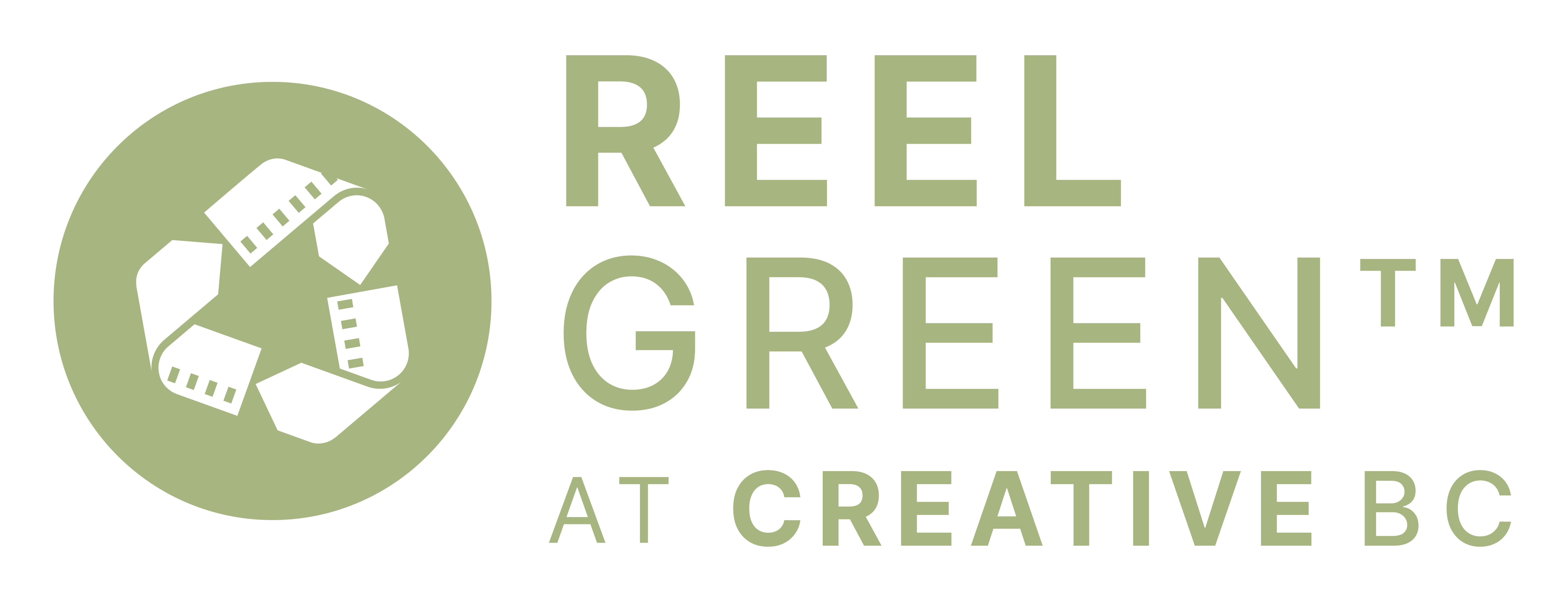The fourth annual REEL Earth Day Challenge has raised $100,000 toward projects delivered through Metro Vancouver Regional Parks Foundation. Since 2021, the annual BC film industry fundraiser for parks and greenspaces has raised over $473,000. “Creative BC's Reel...
Related News
Reel Green™ Vendor Spotlight: Driving Force
Driving Force, a Reel Green™ Advisory Partner and eco-friendly vendor is driving sustainability within the film industry! Across Canada, Driving Force is known for solving problems, keeping promises, and helping communities. Their sustainable role in the Vancouver...
REEL Earth Day Challenge – Fall 2023 Report
The 2023 #REELEarthDayChallenge brought together film crews, productions, sponsors and industry stakeholders to raise funds towards projects for Metro Vancouver Regional Parks. This year the BC film industry raised $100,000 towards 9 projects. These projects are led...
Reel Green™ Circular Economy Toolkit is Now Live!
A circular economy is one that minimizes waste and makes the most of available resources. In contrast to the traditional linear economy, which follows a "take, make, dispose" model, a circular economy aims to keep products, materials, and resources in use for as long...
Tell Us What’s Happening | The Terror: Infamy’s Set Donation and Reuse Success
The production of the second season of AMC’s horror drama series donated its entire suite of physical set buildings for reuse.
AMC’s horror drama series The Terror Season 2: Infamy premiered on August 12, 2019. The show, filmed in British Columbia, takes place at a Japanese-American internment camp, which the production replicated on a set built on land in South Surrey, owned by the Surrey City Development Corp and leased by A Rocha, a Christian environmental stewardship organization.
The set was built on approximately six acres of land, and included twelve buildings, three guard towers, fences, and gravel roads. From the beginning, the production purpose built the set so that it could be effectively deconstructed and the materials could be reused. The gravel roadways were laid on landscaping fabric so that the gravel could be easily recovered and reused, and so that the land reclamation would be easier and faster.
After wrap, the production donated all of the buildings and gravel to A Rocha. A Rocha has taken all the buildings apart, stored the materials on the site, and is using the materials to build projects such as greenhouses, school rooms, and a chapel. They have also reclaimed the land, and plan to use the gravel to create pathways in the forests on their land for nature walks, and to rebuild the riverbed to promote salmon spawning. The organization runs many educational programs and works in the community to support new immigrants.
This tremendous story is a huge win for everyone involved. Rather than the set being demolished and sent to landfill, 90% of the materials will be reused, and its legacy will live on for years to come. It also sets a wonderful example for the industry to embrace sustainable practices like reuse and environmental stewardship.
Matt Palmer, the production’s location manager, said that the team at The Terror is proud of the legacy that the donation will leave.
“As the show’s story is about the horrific treatment of Japanese-Americans during WWII, it is awesome that some of the show’s legacy will be used to help new Canadians,” he said.
In addition to the incredible donation of set materials to A Rocha for reuse, The Terror: Infamy also donated twelve Koi fish to the Dr. Sun Yat Sen Classical Chinese Garden after they finished filming with them.
Congratulations to the team at The Terror: Infamy. It’s success stories such as this one that inspire other productions to reduce their impact in similar ways, by helping out the communities in which they film, and keeping materials out of the landfill. Let’s keep those sustainable stories coming! Tell us what's happening in your world here.
Stay Connected
Subscribe to our newsletter

